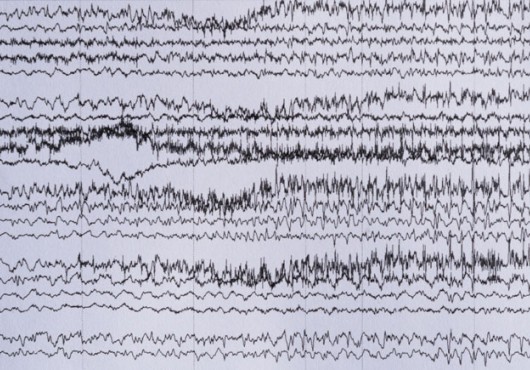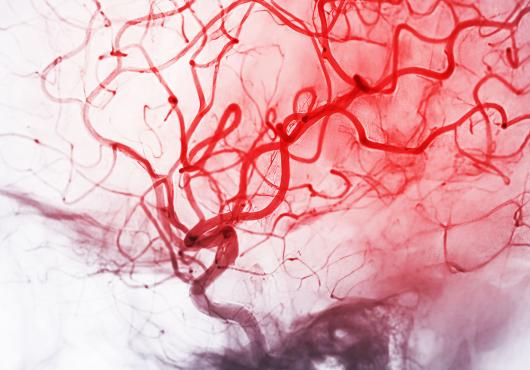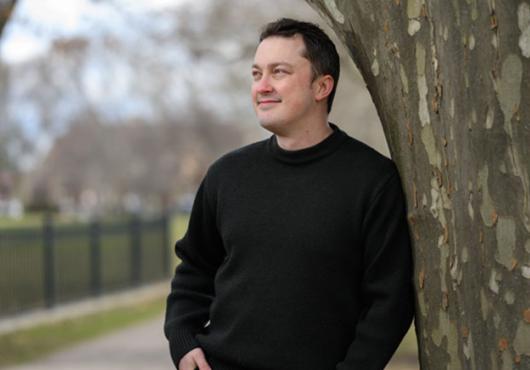
Research groups on opposite sides of the country are taking two very different approaches to answer a big question: How did we get here?
One team is working to understand the human brain’s unique evolution. The other aims to uncover how animals grow from one cell to many.
Both teams, large-scale collaborative research groups known as Allen Discovery Centers, have each received $10 million awards to fund the next four-year phases of their work as recommended by the Paul G. Allen Frontiers Group, a division of the Allen Institute. The centers were initially launched in 2017, each with $10 million in funding for their first four years of research.
The Allen Discovery Center for Human Brain Evolution, led by investigators at Harvard Medical School and Boston Children’s Hospital, aims to answer an important question about human biology: How did our unique brains evolve? Their work over the past four years has established a huge database of ancient human DNA that has given rise to new insights about not only our biology and evolution, but our cultural and social histories.
The Allen Discovery Center for Cell Lineage Tracing, led by investigators at University of Washington School of Medicine, the California Institute of Technology, and the University of Basel in Switzerland, is working to understand how we and other animals grow from one cell to many. Animal development is a highly regulated process with a lot of natural variation—in healthy development, we all end up with the same basic body plan but none of us are carbon copies of each other. Understanding how our genes and environments influence development will also help researchers better understand developmental diseases.
“We developed the Allen Discovery Center funding mechanism in 2016 when the Frontiers Group was launched with the goal of filling a gap left by traditional funding sources and giving visionary scientists the ability to attack a problem in new ways,” said Kathy Richmond, executive vice-president and director of the Frontiers Group and the Office of Science and Technology at the Allen Institute. “We’ve been thrilled with the successes of these two centers in their initial phases, especially the degree to which they’ve engaged their communities and accelerated entire fields of research. We’re so excited about what the next four years will hold.”
How our brains came to be
The human brain evolution team is looking for pieces of the genome that are the same, or conserved, across all mammals except humans. Scientists dub this type of human-specific DNA change a human accelerated region. While many teams have studied human accelerated regions in modern humans, the center’s researchers now plan to examine ancient human DNA to pin down how these regions of the human genome have changed during our evolution, matching genomic changes with key cultural and behavioral changes over the past 10,000 years of human history.
David Reich, a professor of genetics in the Blavatnik Institute at HMS, is leading the effort to collect this ancient DNA. The team receives samples from ancient burial grounds in Europe found by archeologists who collaborate with the genetics researchers. Reich and his colleagues have sequenced and analyzed DNA from several thousand ancient human genomes over the past decade, and in the center’s first four-year phase, built these sequences and other publicly available ancient genome sequences into an open-access ancient human DNA database. In the center’s next phase, the researchers will mine these ancient DNA databases for human accelerated regions likely to be involved in brain evolution and compare them with modern sequences.
They will also characterize how these DNA sequences work, using the genetic engineering technique known as CRISPR-Cas9 to edit human accelerated regions in neurons or brain organoids in the lab to understand the effects on neurons if these regions are deleted or mutated. They are also using ferret and monkey animal models to study how a few select genes, identified in the center’s first phase, affect brain function. Together, these studies will shed light on which genomic changes likely drove our brains’ evolution and which were just along for the ride.
It’s an extensive and coordinated effort to understand human evolution at a scale that’s not typically funded by traditional sources such as the National Institutes of Health, said Christopher Walsh, the HMS Bullard Professor of Pediatrics and Neurology at Boston Children’s. Walsh leads the Allen Discovery Center for Human Brain Evolution along with Reich and Michael Greenberg, the HMS Nathan Marsh Pusey Professor of Neurobiology in the Blavatnik Institute. In the second phase, the center has added three new investigators: Eunjung Lee and Ryan Doan, both HMS assistant professors of pediatrics at Boston Children’s, and Vagheesh Narasimhan, assistant professor at the University of Texas at Austin and a former postdoctoral researcher at HMS.
“These issues of human evolution that we want to understand, and their intersection with human culture and our cognitive features, are fascinating and broadly relevant—but very difficult to support with NIH funding,” Walsh said.
“It’s really transformative to have private funding,” Reich said. “It fills an important gap that would not be supported by normal funding mechanisms.”
Our complex cellular histories
In the Center for Cell Lineage Tracing’s first phase, the team developed several cutting-edge techniques to speed progress in mapping developmental biology. In the next phase, they will apply these technologies to map cell-by-cell development in two model animals, mice and zebrafish, with the goal of understanding how a single fertilized egg develops into the specialized cells that build an entire animal’s body. The scientists will also disrupt genes and perturb the environment to understand how our genes and surroundings affect development.
The scientists want to understand the lineage of each cell’s ancestry during development, as well as the molecular, genetic, and environmental processes that drive each cell’s developmental pathway and how these all come together to form a working body. Thus, the team is not just uncovering a cellular family tree; they’re revealing all the decorations on that tree.
“Those decorations consist of not just knowing the relationships between cells but knowing as much as we can about the cells at each moment in development,” said Jay Shendure, a professor of genomics at UW Medicine. “That includes what genes are being expressed, what their chromatin landscape looks like, what signals they’re generating, how they’re communicating with their neighbors. That fully decorated map is something that is increasingly within grasp.”
Shendure directs the Allen Discovery Center for Cell Lineage Tracing along with Michael Elowitz, a professor of biology and bioengineering at Caltech, and Alex Schier, a professor of cell biology at the University of Basel. The center has also added two new investigators: Kelley Harris, an assistant professor of genome sciences at UW Medicine, and Magda Zernicka-Goetz, the Bren Professor of Biology and Biological Engineering at Caltech.
Along with the research freedom the funding offers, the scientific community the center has brought together has opened new doors for the researchers, Elowitz said.
“We’re all part of a global community of developmental biologists, and we all collaborate outside the center as well. But having this intentional community to focus on a particular style of thinking about development has been really amazing,” he said. “This has been one of the most empowering and transformative scientific experiences of my career.”
Adapted from an Allen Institute news release.





